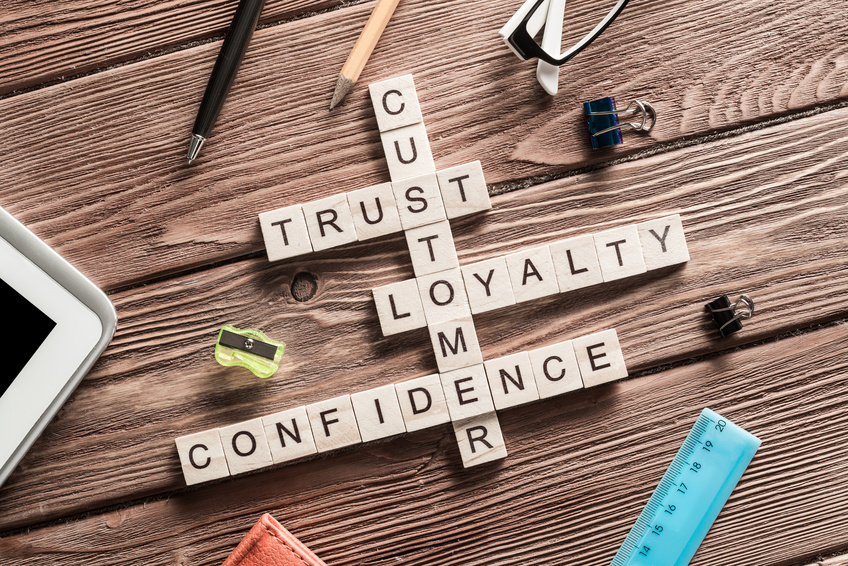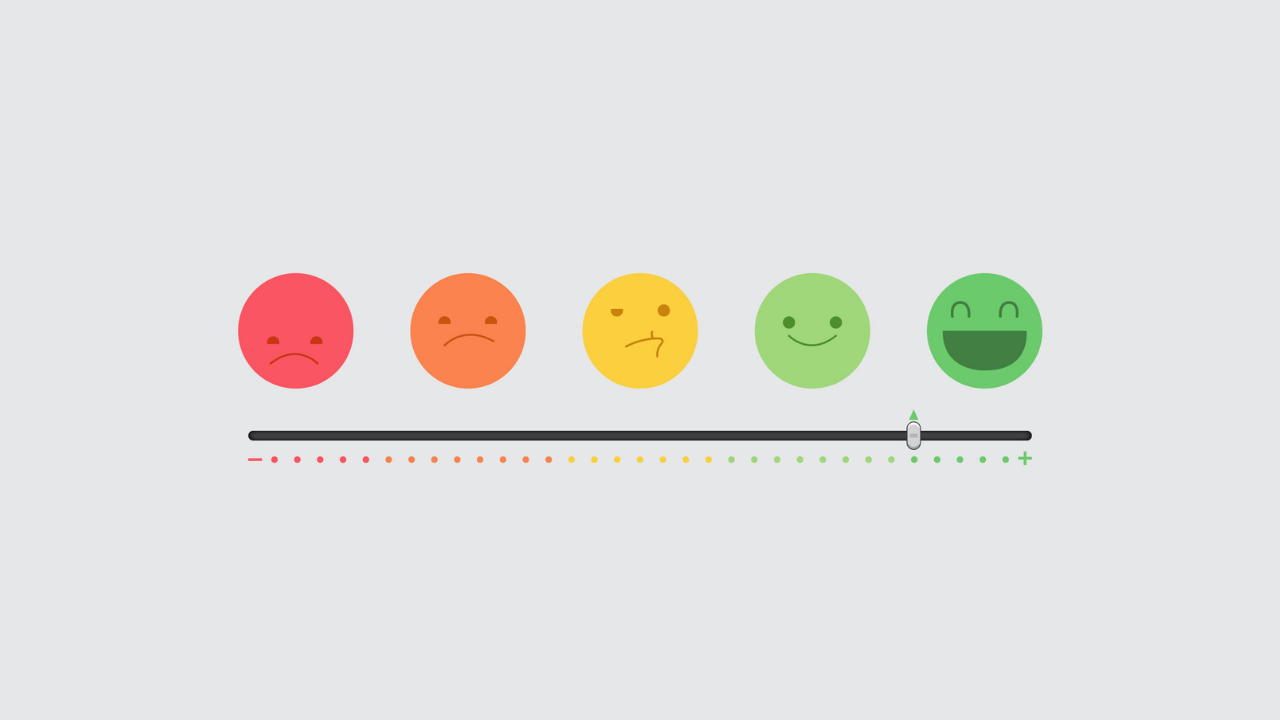Customer loyalty is a favourable relationship that exists between you and your customer. It’s what keeps your customers coming back and convinces them to choose you over a competition who offers similar services. Customers loyal to your company because you gives them a positive experience. Such as sense of belonging to the brand’s principles and values, excellent customer service, or constant high product quality.
It’s not about your company’s products or services; loyalty develops over time as a result of a series of positive experiences that create a sense of trust. Doesn’t implies that each interaction must be flawless. No.
Loyal customers can endure a few negatives, but too many will weaken the relations that you have built with them. Truth to be told, customer won’t become disloyal to you after one bad experience. It’s about how you manages the situation.
Customer loyalty is crucial for increasing the value of your current customers, which can accounted for the majority of your constant revenue.
What Measure Customer Loyalty ?

Customer loyalty is critical for your business, regardless of the size of your company. First-time clients are more difficult to persuade because they are still unfamiliar with the services or items offered by a company. As a result, your company needs a full marketing strategy to attract people in to buying. You must make your consumers happy because a happy customer is more likely to spend more money on your products or services.
Customer loyalty may be measured in a variety of different ways. It isn’t a simple question of whether your customers stay or go. In order to truly understand your customer’s loyalty, you must understand the your customers’ intention behind their repeated purchases, how frequent and when they stopped buying, where they buy from, motivations behind repeated purchases, where they purchase from, and how satisfied they are with each transaction.
Each company have different metrics to address these issues. Here are three of the most effective approaches to assess client loyalty. To address these issues, each company will use different metrics; here are some of the most effective approaches to calculate customers loyalty.
Customer satisfaction levels

There are five stages when it comes to customer satisfaction:
1. Not satisfied
2. Slightly satisfied
3. Satisfied
4. Very satisfied
5. Extremely satisfied
On-page star ratings and reviews, surveying, and even customer interviews can all be used to determine your customer satisfaction levels. If your customers want to go into greater depth about their experiences, used reviews as they tend to be more ratings-based. Customer interviews provide for even more in-depth feedback on your service or product. While surveys allow you to ask for more precise replies from your customers.
They’re all excellent ways to learn about your clients’ levels of satisfaction, and you can choose from a range of options based on the level of data you require. You could want to start small, including sending an email following a purchase asking for a rating or review. If the response is either highly positive or negative, then follow up with a request for a more in-depth discussion.
Repeat purchase rate
The percentage of clients that return to buy your product or service is known as your repeat purchase rate. This is also known as your re-order rate or repeat customer rate. It is better to have a bigger percentage. Customer satisfaction is another measure that can help you define customer loyalty for creating connection with your customers is. You can use your most loyal customers’ purchase history to figure out what to promotes.
Affiliate purchases
Affiliate is a term refers to a business relations in which your business collaborates with other company or individual in order to receive a more revenue. If your business, joins an affiliation with another company, they can share information about that company and receive money based on the amount of traffic they generate.
Social Sharing is one of the most popular methods to affiliate purchases. Affiliate marketing is popular on a number of different social media platforms. This might be as simple as an affiliate tagging them in a post about the company’s product or service. The simple activity can generate attention and traffic to a company’s website, and it allows them to track how much money an affiliate will receive based on how their postings are interacted with. Influencers and other well-known individuals on social media are another popular form of affiliate marketing.
How to Build Customer Loyalty ?
Knowing what tools and metrics to use to analyze customer loyalty is only the beginning. Now you must create and implement a strategy to increase your consumer loyalty. Here are some suggestions to help you get started.
- Communicate your values
- Provide exceptional customer service
- Show your appreciation with loyalty program
- Connect in a deeper way
- Ask for feedback
- Continue to improve
1. Communicate your values
You must first identify which parts of your brand are deserving of your customers’ loyalty before you can enhance customer loyalty. Create a marketing strategy with your team that explains what makes your brand unique, what your purpose is, and how your values fit with your customers’ basic tenets.
Your marketing should emphasize on those brand features that are distinctive to your company and allow you to differentiate yourself from the competition. Standing out can often means taking a stand, which becoming more popular. According to an Edelman survey, two-thirds of buyers typically buy based on their beliefs. You don’t even have to get political (Edelman, 2018). In fact, it’s possible that this isn’t consistent to your values. Your brand’s ideals should be your guide. Be adamant about your beliefs and communicate them honestly.
2. Provide exceptional customer service
You want to give your existing and future consumers the best possible experience. Your customer experience covers everything your customers do with you. From the first time they visit your website to the time they contact and ask for help from your customer service team. When it comes to customer service, people have high expectations. You might want to begin by expanding your channel options. Like responding faster to your consumers. Using an omnichannel strategy to customer service will allow you to deliver a quick and helpful response regardless of how your consumers contact you.
3. Show your appreciation with loyalty program

It is useful to encourage repeated purchases through discounts, special offers, or benefits in order to foster client loyalty. Create your own customer loyalty program if you want to go all out. There are several ways of loyalty programs, including those based on point systems, which are the virtual equivalent of a coffee shop punch card. You make your consumers feel good about their purchases and encourage them to return by giving them a gift. These kind of loyalty programs make your consumers feel valued and appreciated while also giving you with vital customer data that you can utilize to improve your service.
4. Connect in a deeper way
Giving your loyal customers a place to engage with your business and with each other will help you continue to strengthen your relationship with them. Making a community forum is a simple way to accomplish this. They can share product optimization ideas and tactics, and community managers can keep the relationship going by giving your extra resources and support.
These interactions can sometimes happen naturally on social media, and if they do, you should take advantage of them. More firms forming Facebook Groups where they can interact with their most engaged customers. These types of community hubs are useful for engaging fans, as well as collecting feedback and product suggestions from some of your most loyal consumers or your brand ambassadors.
5. Ask for feedback

You can also look at social media activity or study online reviews in addition to your surveys. Negative reviews are unpleasant, but they can be beneficial because they point out specific areas where you need to improve. Taking client feedback seriously also shows consumers and potential customers that you care about them and want to provide a positive experience. This can helps boost customer happiness and loyalty.
It’s sometimes best to deal with negative feedbacks in a private channel. To better satisfy their complaints, you may request to move to a private message or email after engaging in a particularly negative comment.
You can request that particular customer’s messages be highlighted in exchange for positive feedback. You could even request a follow-up interview or other type of engagement to receive even more value from the positive feedback. It’s also a good idea to thank your customers for their positive contributions!
6. Continue to improve
Because the world is continuously changing, you should take a look at your brand identity on a regular basis. While your values should remain constant, your brand should adapt to the current trend. You may wish to update your messaging or build communication methods for new members join your community. You should always have your finger on the pulse of your customer experience, which involves talking to and soliciting feedback from your consumers on a regular basis.
Clients’ complaints should be taken seriously because they are indicators of a healthy customer-business relations. Customers’ behaviour and channel usage can shift dramatically in the blink of an eye, and you need to be ready to pivot and meet them where they are. Wherever that may be in the months and years ahead.
Check also our other recommendation for:































![Writing A Good CV [6 Tips To Improve Your CV] 6 Tips To Improve Your CV](https://blog.9cv9.com/wp-content/uploads/2020/06/2020-06-02-2-100x70.png)


